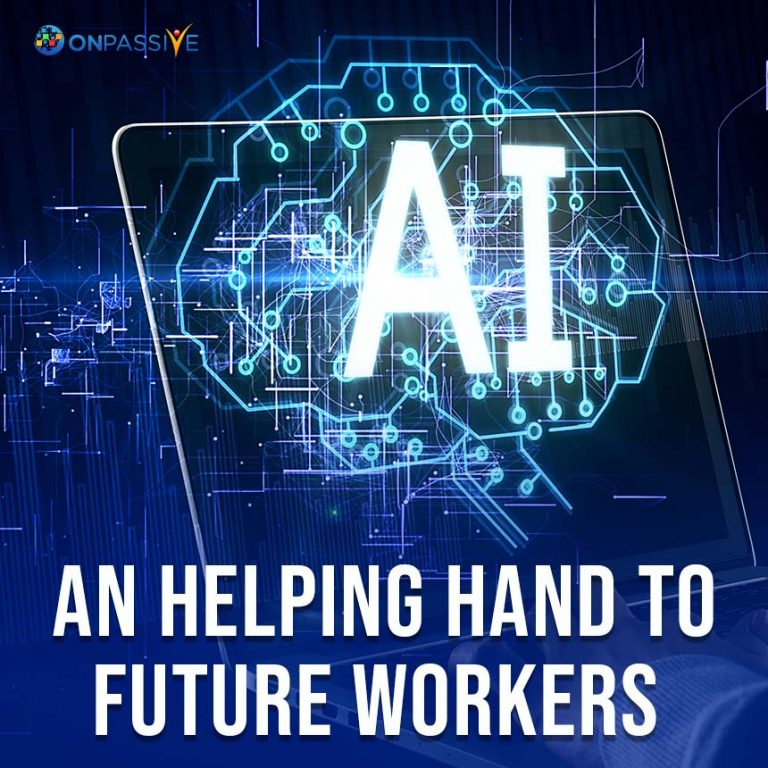
Artificial Intelligence ( AI) is increasingly changing the world of work, and its effect in the decades ahead is expected to intensify even further. The growth of AI in workplaces can significantly enhance some work facets, such as repetitive and hazardous activities. Still, much of the public discourse has centred on the potential of AI to displace employees and the significant effects on their livelihoods and quality of life.
Let’s see how AI can also be a part of the solution for training, upskilling, and reskilling, future-proofing, and preparing workers for the future of work.
#1 Impact of Automation and Disruption
As automation rises, the World Economic Forum’s Future of Jobs Study 2020 found that the amount of time spent on tasks and activities by humans and machines would be comparable in just five years. According to the study, by 2025, 85 million workers will be displaced across 26 countries and 15 sectors. More than 80 percent of employers foresee remote work to be used more widely, and work processes are digitized.
#2 Increased Rate of Automation
In other words, even with no more advancement from AI, today’s jobs will face tremendous disruptions as the automation technologies already on the market are changing the labor markets.
For two factors, the challenge ahead will be much more significant: first, COVID-19 has imposed an immense toll mostly on the global economy, leading in the second quarter of 2020 to an expected loss of 14% of working hours or nearly 400 million full-time jobs.
#3 Creating a Positive Future
AI holds immense promise for jobs and the future of labor amid these significant headwinds. The Future of Work Study found that by 2025, 97 new million jobs will be created that are suited to the new labor division between humans and machines.
We should get to work developing the new, high-quality jobs of tomorrow instead of thinking about job loss while dramatically expanding our up skilling and reskilling efforts to move unemployed employees into these exciting innovations. It is where AI can help solve some of the very issues it has helped create.
Any available technology cannot solve all the challenges faced by workers today. In addition to emerging technology, making a just transition to a positive job will require smart government strategies, aggressive corporate initiatives, and individual action by employees.
But as we are working to strengthen our response to the on-going disruptions, we should encourage innovators and entrepreneurs to concentrate on innovative ways of using AI technologies to empower today’s workers and generate exciting opportunities for tomorrow’s workers.



Andrasne Kolozsvari
3 years ago